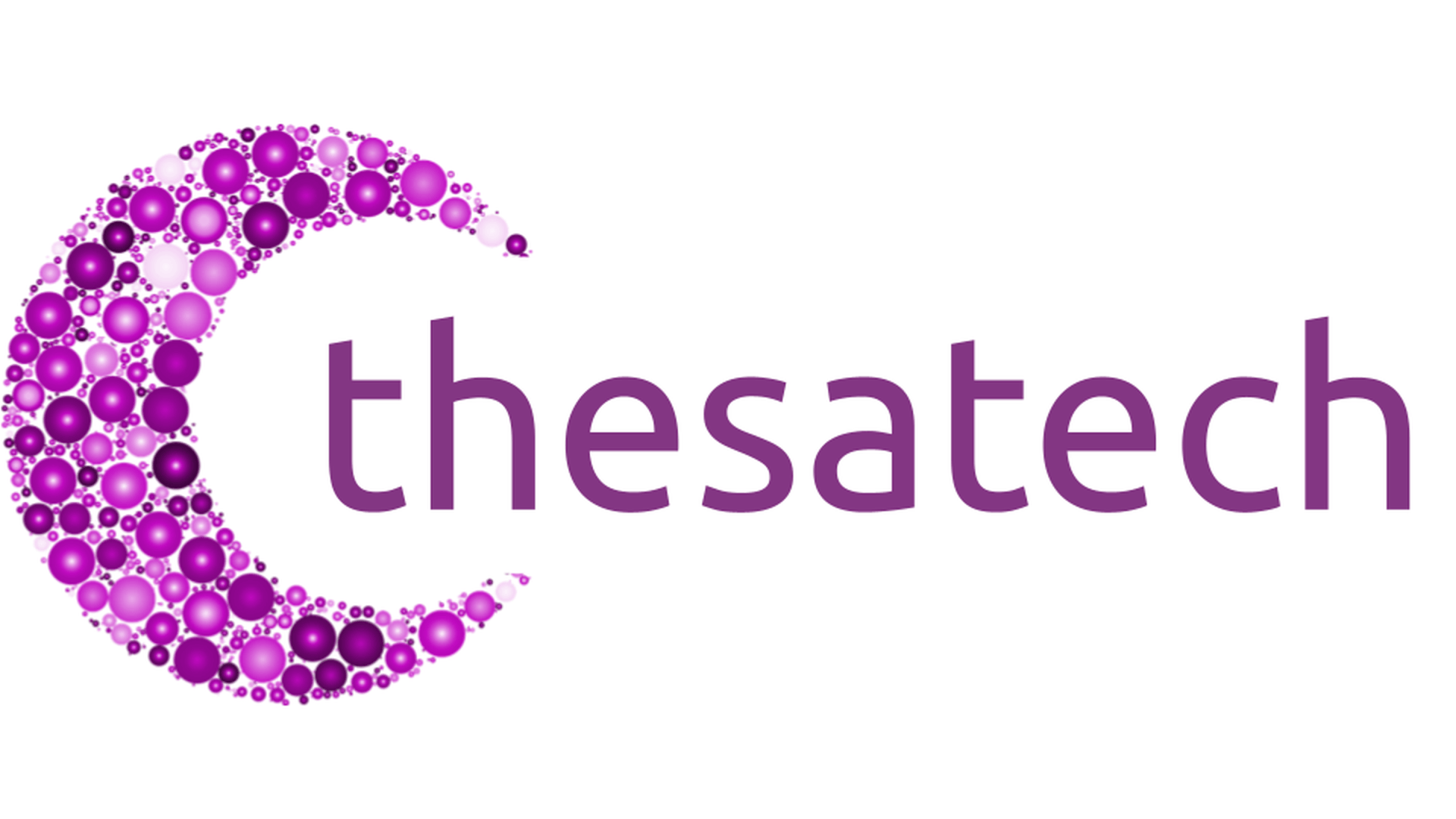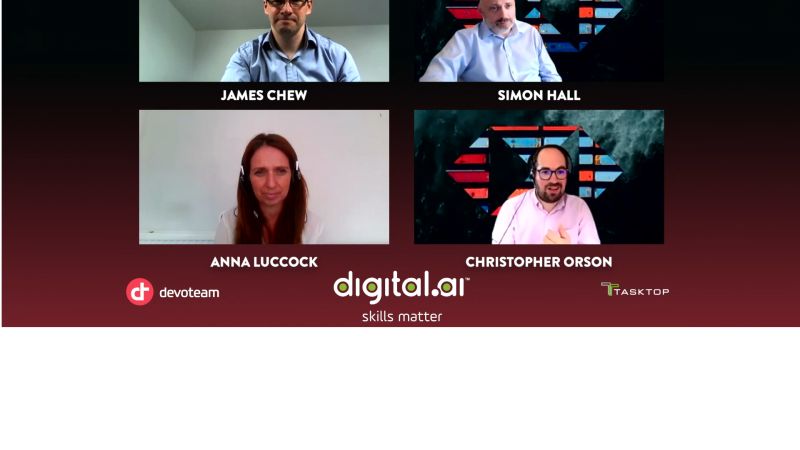Week one round-up: Enterprise Agility Month
Data is the weakest link and agility in a restaurant

In my previous post, I talked about the key lessons from day one of the #EnterpriseAgilityMonth. The next two days of the first week were equally enthralling.
As a Data enthusiast, day two had an intriguing agenda item - “Data is the weakest link” by Simone Steele the Chief Data Officer for Nationwide Building Society.
It was great to see that SEACON inspired this talk and it was very insightful.
There is a vast body of knowledge on enterprise agility that touches all aspects from teams, people, leadership, culture to work flows, interactions and automation. All of that on its own and in total is essential. But, when it comes to Data the literature is biased towards local optimisation. ie., focusing on one part or function rather than the entirety of the enterprise.
In most organisations that are older than 20 years, data hinders agility. This is because data is only seen from the “local optimisation” lens. When systems were built the system and its data was meant for one purpose only. The local purpose. This created a need for bespoke conversations between two systems that consume and produce data. Without the advanced data disciplines, it needed point to point translations of data. As older systems are not robust, the resilience relies on the checks around the boundaries and those checks are not automated. There is a reliance on the attestation from the owners as a compensating control rather than a preventative one. These handshakes are susceptible to organisation changes and knowledge is often lost or hand-shakes adulterated. Which in turns hinders ability to change something quickly to introduce a new service or proposition or to respond to disruptors.
Simone's view is that surfacing the data flows can make data a strong enabler for agility. Adding telemetry on the data flows, similar to being inside those arrows transporting data between systems. The organisation view looks at the distinct units of data and different teams can't visualise the same picture and hence can't make coherent decisions. The idea is to provide a visual representation of the flows and enable teams to look at the systemic view.
In addition to the usual data capabilities such as Data Engineering as first-class discipline, data fabric and data mesh and the virtual view via warehouse, lakes and marts etc., Simone focused on the leadership and culture. “a new paradigm needs new rules and to have new rules you need seat at the table...”
So how does one get a seat at the table?
"Firstly invite yourself. Not wait for the seat to be vacant. Typically as CDO is invited to the 'exec table' when things go wrong. So be proactive and talk about the initiatives and value. How it could help the conversation with investor analyst"
Her team spent a lot of time learning from what did not work previously in their specific context, with their people and within the society's culture. The focus is on trying different things and iterating quickly. Rather than starting from first principles again and going down the path of another 7+ years of data warehouse building, the team wants to focus on the usage, flow of information to the users and get the users of the data to come along in the journey. One idea is to be the “search engine” for all data where the same data is represented in many different places with different structures. Be the “google” return the top 5 results consistently and then show the connections. Moving data from the weakest link to be the true enabler of agility.
Earlier we had Gabrielle Benefield, the founder of Mobius (mobiusloop.com) discussed the innovation imperative and why it is a necessity.
Gabrielle discussed the different types of innovation and the 70%-20%-10% mix of the innovation portfolio.
The first type is the “core” ie., get better at the doing the things that matter for today's needs. This is where the 70% of innovation energy and focus is spent. eg eliminating friction points in the customer journey or digitally enabling self-service for new client on-boarding.
The next is the improvements in the keeping the lights on type processes, eg automating workflows using robotics process automation. This is where the next 20% of innovation energy is used up.
The final 10% is for the transformational innovations – eg Tesla electric cars or the space-X type radical change.
Why do some organisations struggle to innovate?
When it comes to innovating something, organisations and teams find it difficult to strike the right balance between “building the right thing” and “building it right”.
The corporate management discipline and process may cause teams to get stuck in getting it right. In such situations, they end up with “faster horses” world. In the other extreme teams come up with many exciting ideas but lack the discipline to execute it. This leads to “ideas graveyard” where many good ideas never see the light of the day.
The mobiusloop as a strategic design toolkit helps to maintain that balance. More about mobiusloop is here.
Tao Baker, head of innovation in an Irish challenger bank shared how she used the mobiusloop as a visual glue to get everyone excited about the change. Tao used the approach to equip everyone to use it themselves in coming up with their innovation ideas and seeing them through. To trigger a culture of learning, and innovting.
The most important takeaway is – just do it and don't give up. Be persistent. Have an elevator pitch about the innovation ready and get in front of any and every leader.
Riccardo Mariti enthralled us through his stories of agility in his restaurant. Riccardo and his team use the mobiusloop to build innovation into everything they do. The best part was to hear and see the story of how his team turned the restaurant into a small deli-supermarket in 5 hours and the story about how the community came together.
The best on Leadership and Strategy was saved for the final day.
Richard Knaster, Chief Scientist for Digital.ai showed "How Value Stream Management supercharges your teams".
Organisations that have moved to Value Stream aligned teams have increased the flow of value. They are able to deliver better things quicker and safer. Value Stream aligned teams eliminate hand-offs and reduce wait times significantly because all the capabilities (people and tech) needed to deliver value are funded and available within the teams.
The best part was the freebie! Richard's ebook on Value Stream Management for the Digital Age is an absolute gem.
You can find out the agenda for the rest of the month here. https://www.seacom.online/enterprise-agility-month
Week two – Teams: 13th – 15th July https://www.seacom.online/agenda-teams
Week three – People: 20th - 22nd July https://www.seacom.online/agenda-people
Last week – Delivery: 27th - 29th July
https://www.seacom.online/agenda-delivery





